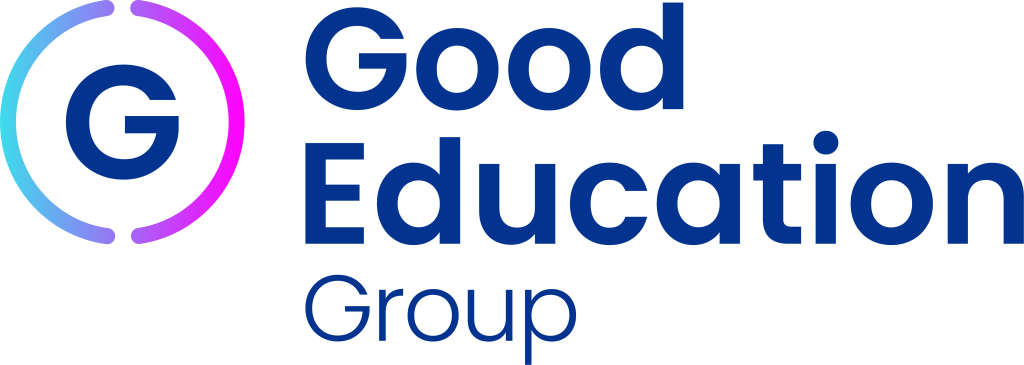By RMIT Online Marketing & Communications Lead Snitta Khan-Amath
The rise of zero-party and first-party data
Data is the currency of the digital era we now live in, but the end of third-party cookies and the shift to first-party data collection strategies have dominated the digital marketing ecosystem in the last couple of years.
Companies, including education providers, are turning to new ways to get audiences to willingly share their data. Developing a zero-party and first-party data collection solution will go a long way in helping bridge the gap in a cookieless world. When collected together, it provides marketers with a cost-effective solution to knowing their customers better and allowing for higher personalisation and better customer experiences.
What you should do
Education providers could consider leaning more into content like:
- webinars
- research reports
- ebooks
- surveys
- online quizzes
as a strong value exchange for that data.
Total experience
Gartner have predicted that by 2024, organisations providing a total experience (TX) outperform competitors by 25 per cent in satisfaction metrics for both customer experience (CX) and employee experience (EX). This has been a popular concept in recent years, but for companies to really start on their TX transformation, change must happen now.
A great customer experience just isn’t enough these days – it must be holistic, it must be distinctive and it must be human. This is what creates a ‘total experience’ approach to understanding the customer journey and how they should best interact with your brand at each stage.

What you should do
Marketing teams within education providers can often be siloed, so it is important to break down those walls and work more closely with teams such as Sales, Student Recruitment, UX, Design and many more to make this happen in 2023. The added challenge is identifying these critical intersections and synergies between teams in a remote and hybrid working world.
SEO optimisation
More and more providers have entered the online education space over the past five years, especially with the impact of COVID-19. By 2026, it’s projected to increase by a staggering 110 per cent (IBISWorld, 2022). With this, we’re also seeing more searches for online courses.
However, with a saturated market that now extends beyond traditional degrees and also includes services like corporate training, hobby courses and apps, SEO for education providers has become increasingly challenging but remains the number one driver of website traffic.
What you should do
It could be a good start to the new year by conducting an SEO audit to review all online assets to ensure that your site is performing the best it possibly can in search results.
